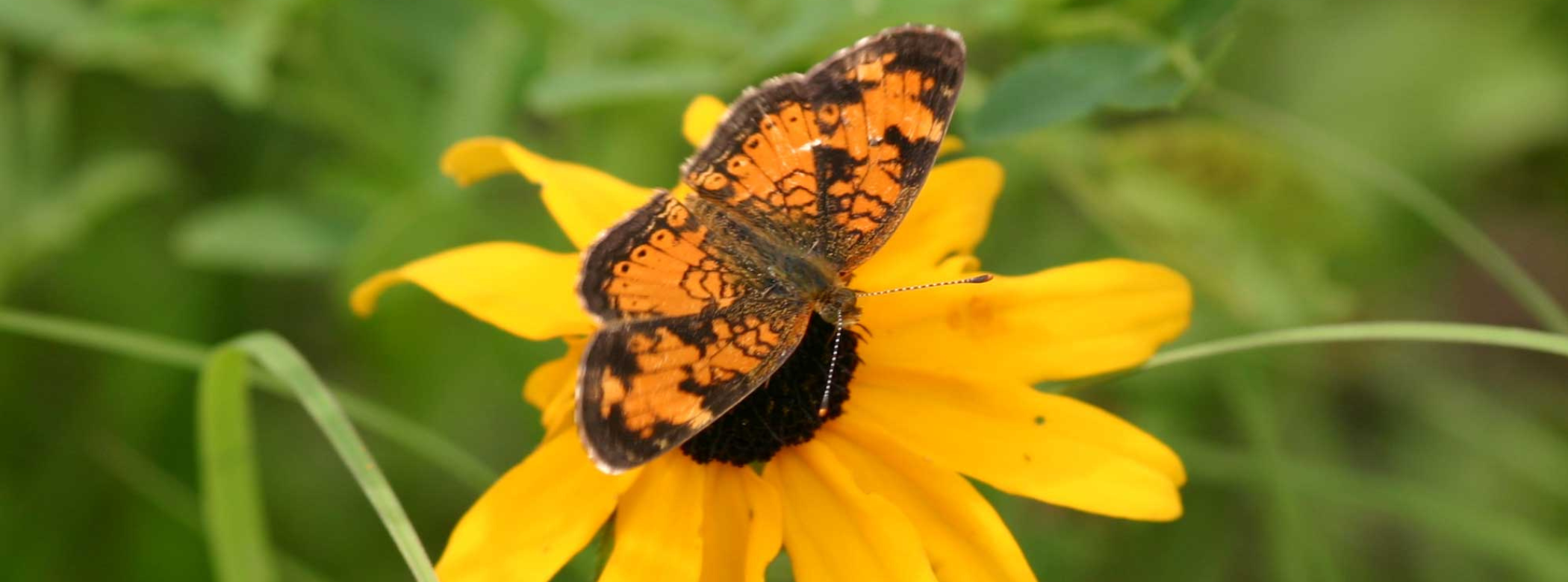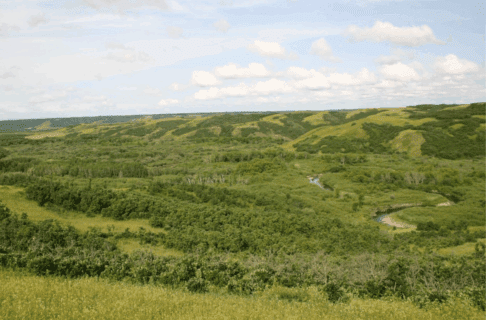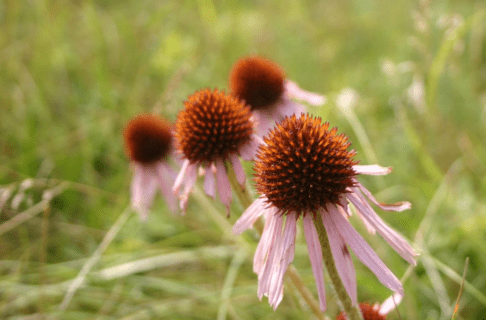Posted on: Friday May 24, 2019
The loss of biodiversity and plight of wild pollinators has been all over the news lately. If you’re interested in doing something to make life easier for these creatures, you might want to consider making your garden more pollinator friendly this year. Pollinators have three basic needs: food, nesting/breeding habitat, and shelter.
Food
The best thing you can do is grow at least some native plants in your yard. Native plants have the correct flower shape to fit the local pollinators and typically produce highly nutritious nectar and pollen. Cultivars of native plants, like bee balm (Monarda), and Echinacea (Echinacea) may be OK, but some research indicates that they may produce lower quality nectar and be less frequently visited than native species (Learn more here). Cultivars that are highly modified (e.g. double bloomed species), or lack nectar and pollen (e.g. sterile hybrids) are useless for pollinators. To provide a regular food supply, ensure you have selected a sequence of plants that flower all through the growing season. Helpful ecoregional planting guides have been created by Pollinator Partnership Canada and can be found here. Good plant choices for southern Manitoba are noted below.
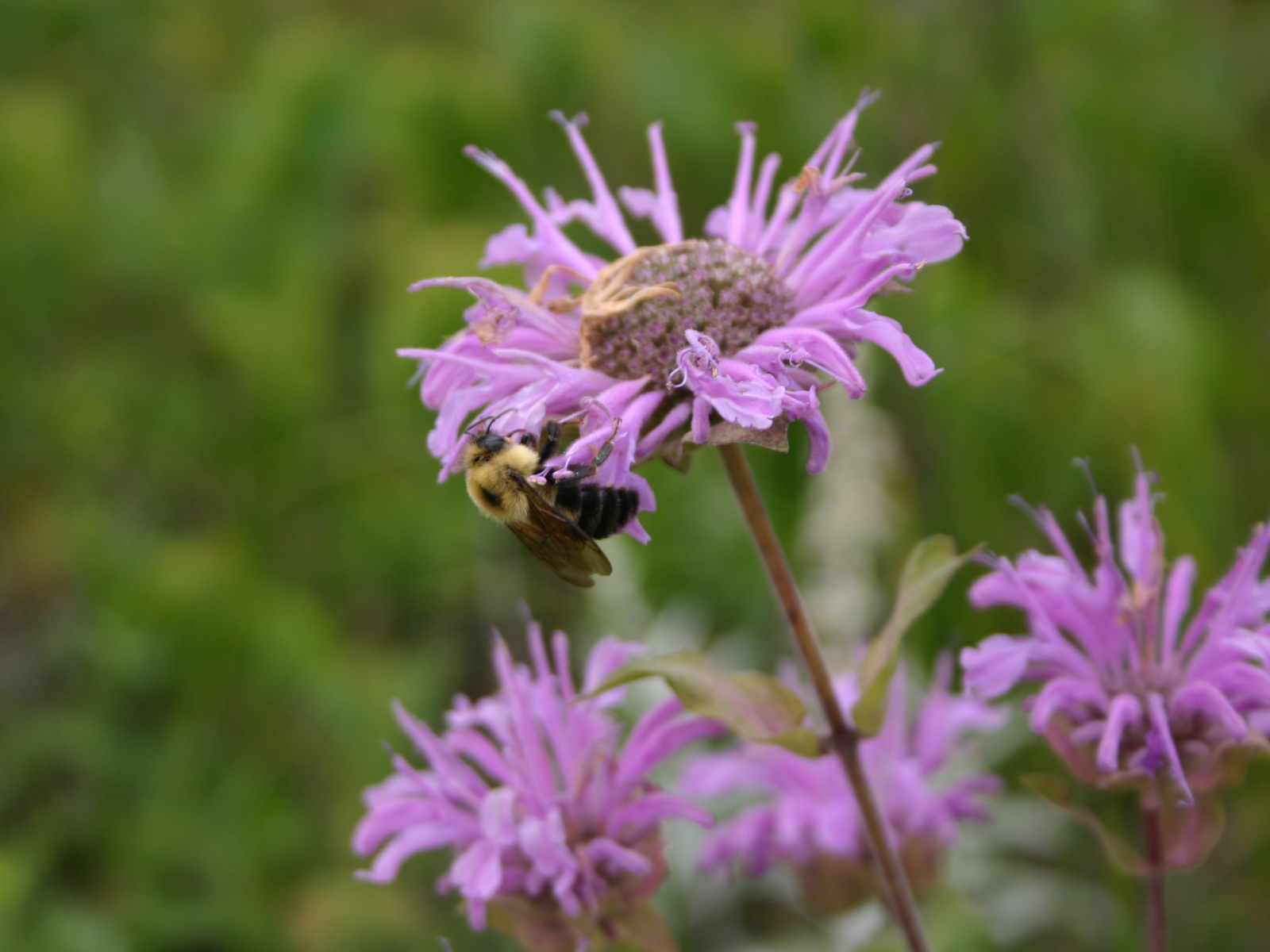
Some cultivars of native plants like bergamot (Monarda fistulosa) may not provide as much nectar as the wild type.
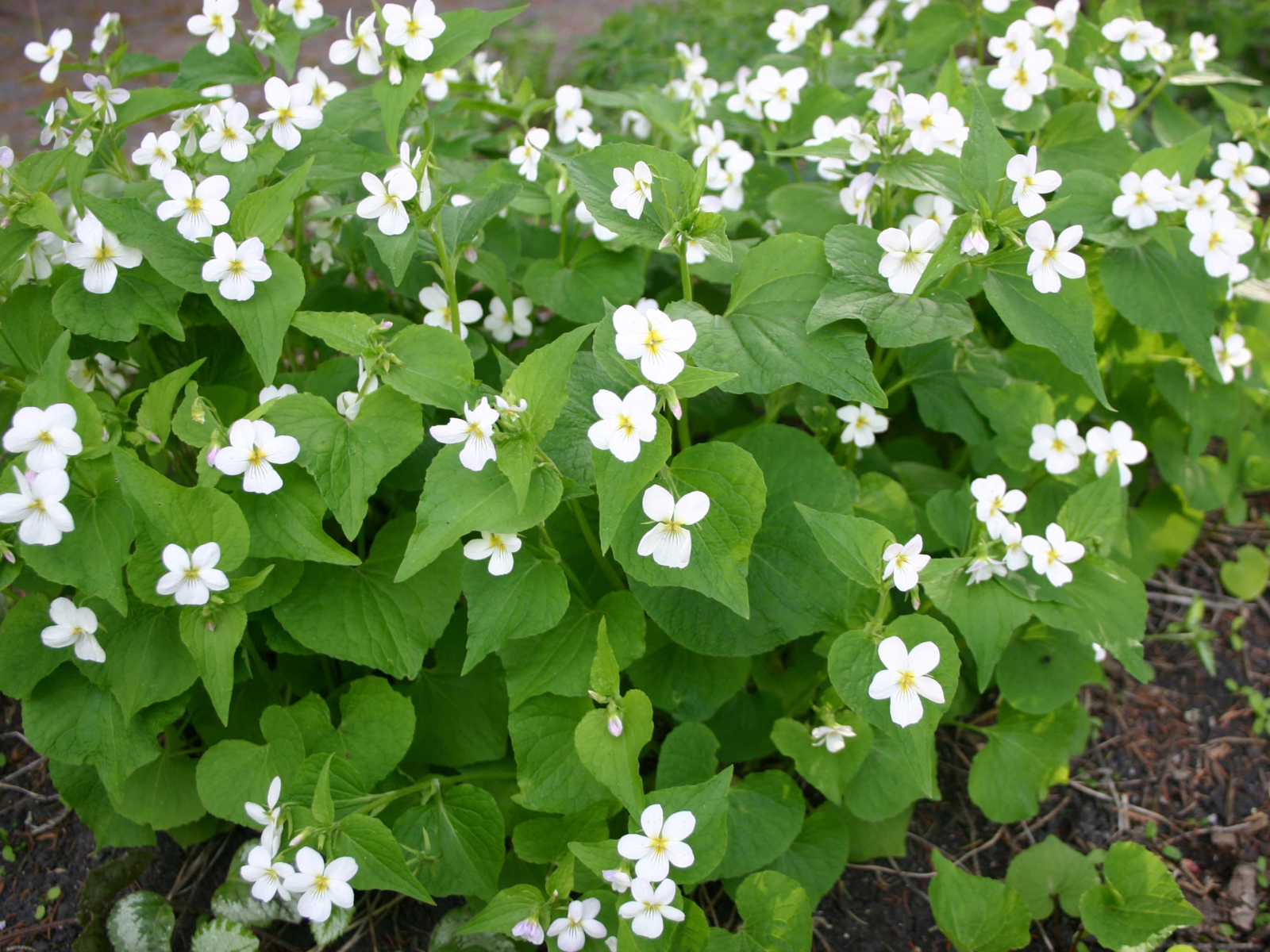
Queen bumblebees frequently visit Western Canada violet (Viola canadensis). Their beautiful heart-shaped leaves provide a lovely texture in shady areas.
Flowers for spring insects
Shrubby cinquefoil (Dasiphora fruticosa), strawberries (Fragaria), three-flowered avens (Geum triflorum), native or domesticated cherries and plums (Prunus spp.), wild roses (Rosa acicularis), native or domesticated raspberries (Rubus), meadowsweet (Spirea alba), native violets (e.g. Western Canada violet (Viola canadensis)), and Alexanders (Zizia) all bloom in early May or June. Queen bees, butterflies and/or flower flies will visit these species. Pansies are pretty but typically the wrong size for native pollinators.
Flowers for summer insects
Wild legumes like prairie-clover (Dalea), leadplant (Amorpha canescens) and Indigo bush (Amorpha fruticosa), as well as giant hyssop (Agastache foeniculum), milkweeds (Asclepias), fleabanes (Erigeron), wild mint (Mentha arvensis), obedient plant (Physostegia virginiana), black-eyed Susan (Rudbeckia hirta) and Culver’s root (Veronicastrum virginicum) are good choices for summer. They will attract all kinds of bees, butterflies and flower flies.
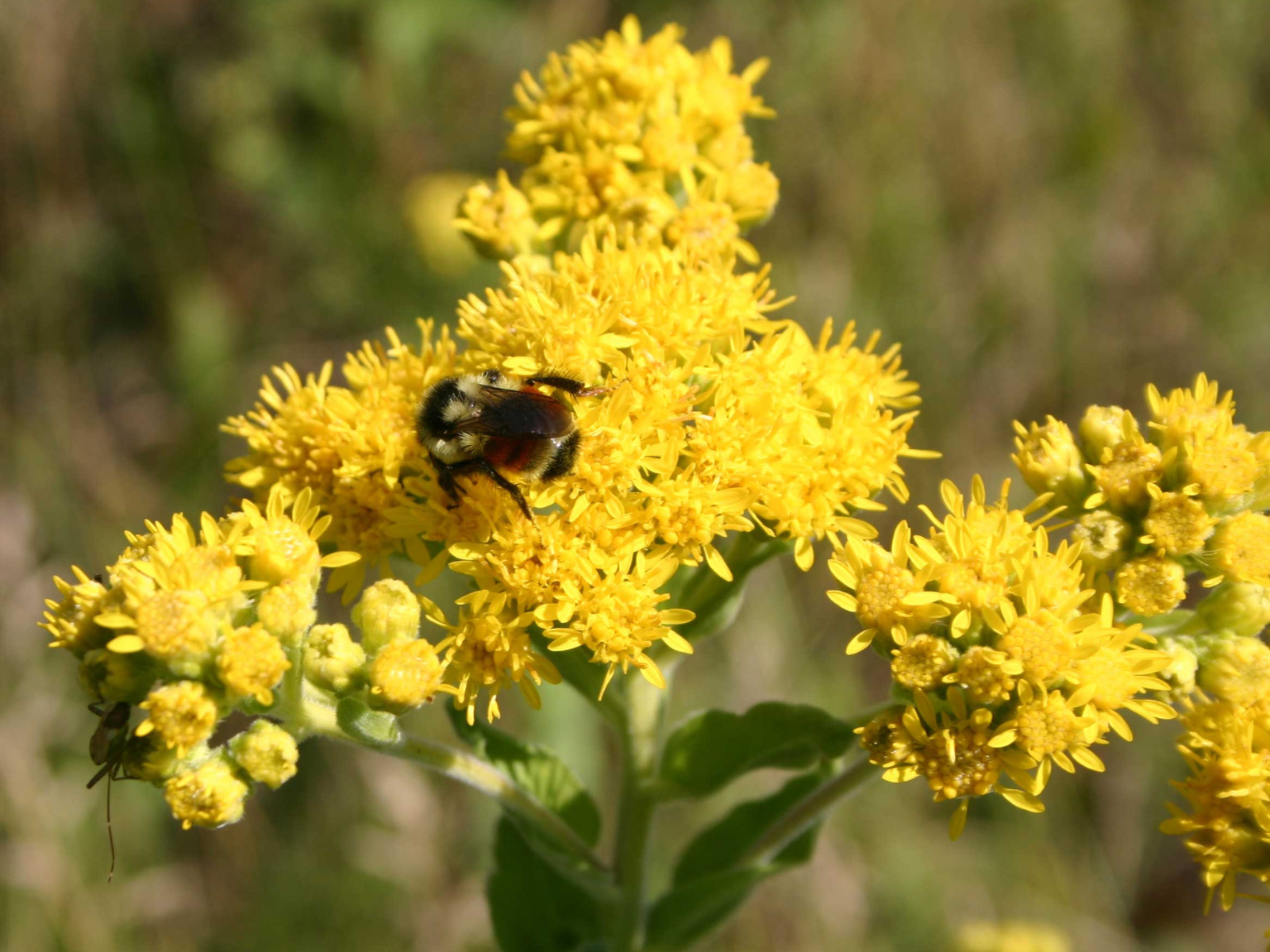
Bumblebees (Bombus) and many other pollinators love rigid goldenrod (Solidagorigida). It is one of the most frequently visited native plants and it doesn’t cause hay fever!
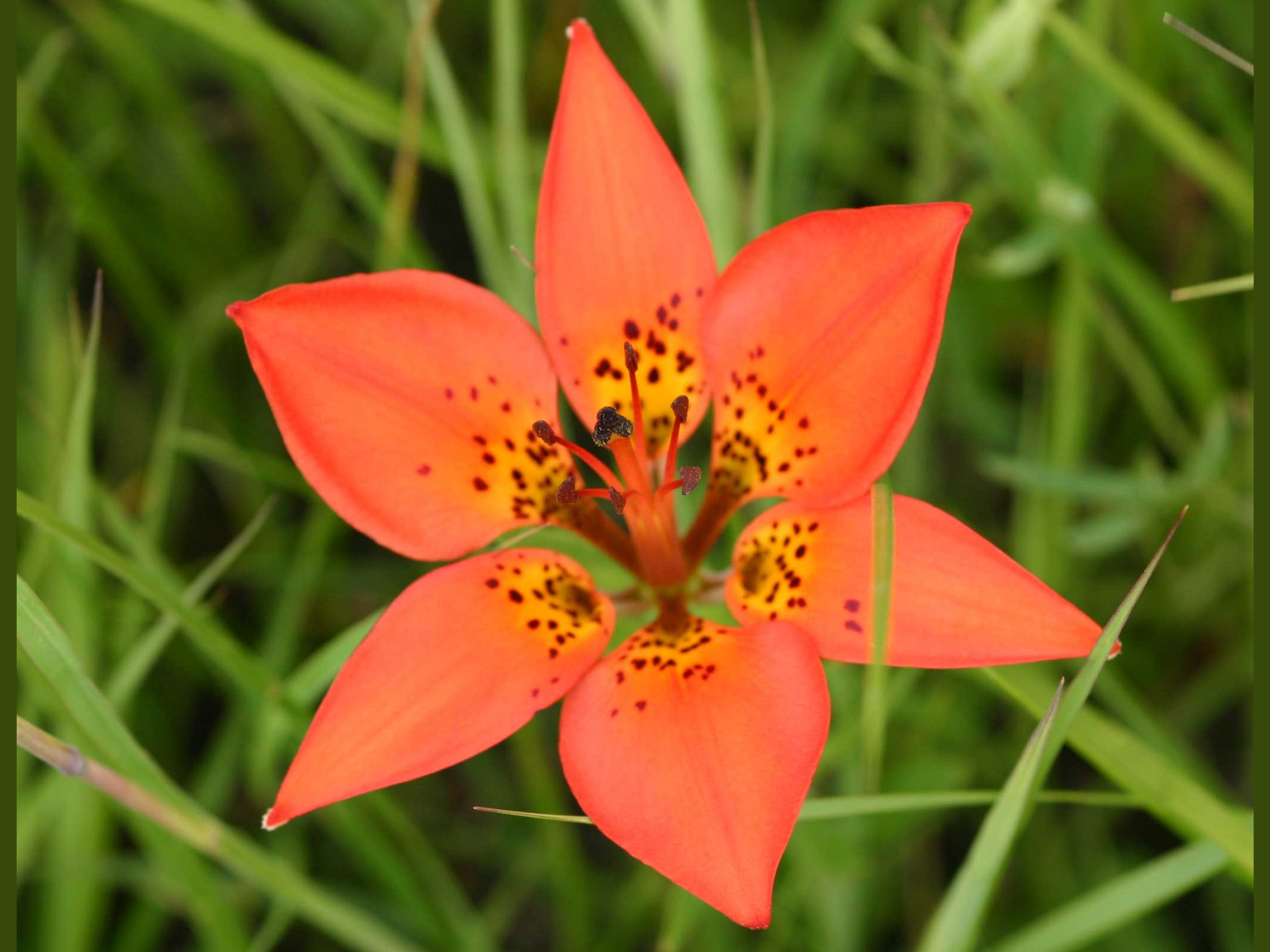
Hummingbirds will visit Western red lilies (Lilium philadelphicum).
Flowers for fall insects
Native composites such as coneflower (Echinacea), blazingstar (Liatris), white aster (Oligoneuron album), goldenrods (Solidago), and asters (Symphyotrichum) are great for fall bees.
Flowers for hummingbirds
To attract hummingbirds specifically, tube-shaped flowers that are red, pink, or orange are good choices. Grow plants like wild columbine (Aquilegia canadensis), fireweed (Chamerion angustifolium), wild iris (Iris versicolor), western red lily (Lilium philadelphicum), lilac-flowered beardtongue (Penstemon gracilis), and wild bergamot (Monarda fistulosa) to attract them, and consider putting a hummingbird feeder nearby for extra nourishment.
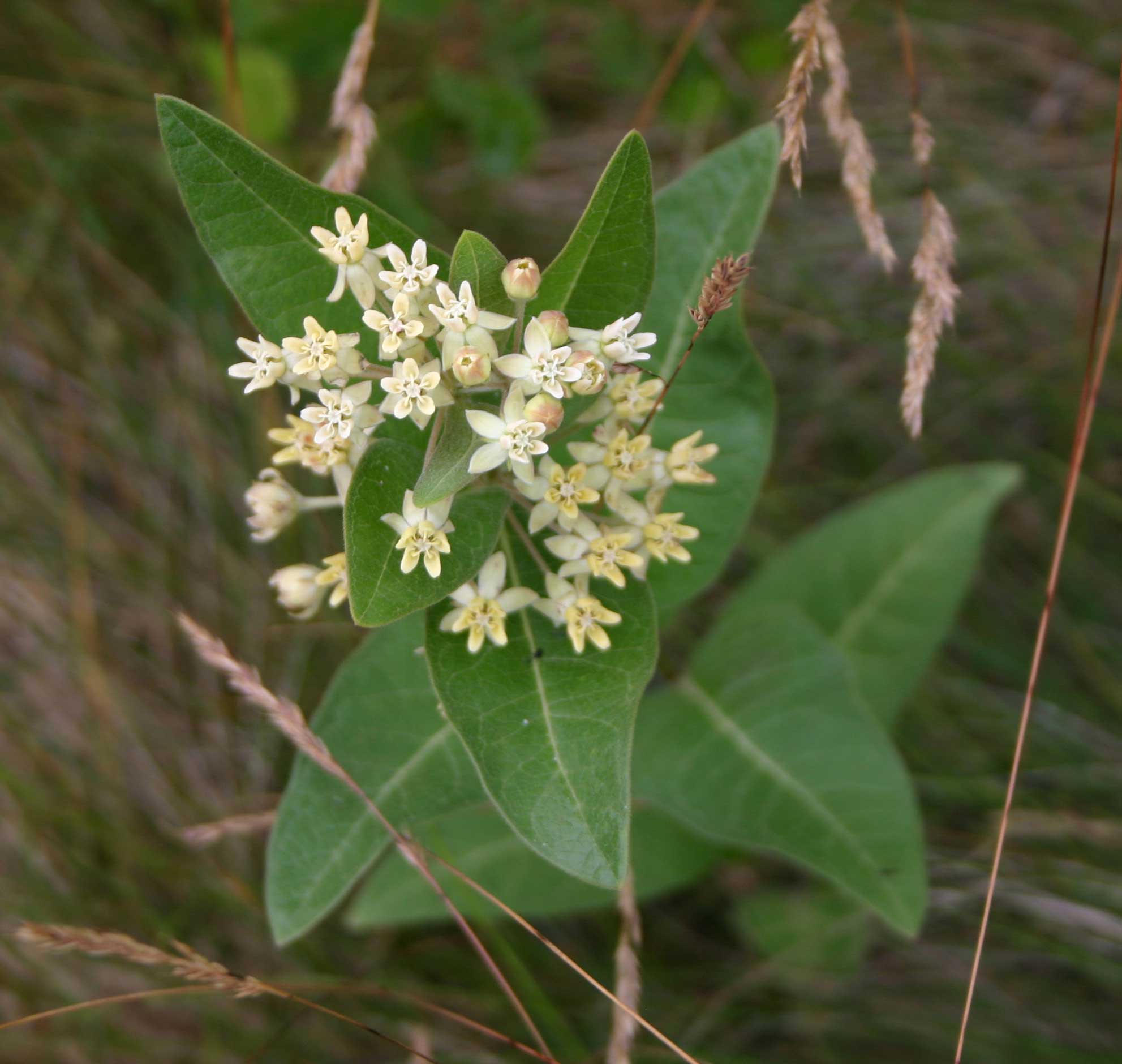
Nesting/Breeding Habitat
Pollinators need safe places to build their nests. However, different pollinators have different needs. Some bees prefer bare, sandy soil while others nest in tunnels in wood or plant stems. By not mulching all of your bare soil, especially in sunny spots with south facing slopes, you can provide habitat for ground-nesting bees. You can create artificial nesting areas for cavity nesting leaf-cutter and mason bees by building a bee condo (Read more here) or hanging some hollow stems like bamboo, in bundles above the ground. Bumblebees prefer nesting in small cavities or under piles of leaves. To attract butterflies to breed, you must provide them with their larval host plants, often native flowers or grasses (Learn more here). Hummingbirds will nest in small trees, often using milkweed and thistle down, moss, and lichen for their nests.
Image: Monarch butterfly larvae need milkweed (Asclepias) leaves to feed on.
Shelter
Pollinators need places where they can spend the winter or undergo metamorphosis. In general, pollinators like “messy places” like tall clumps of grass, bushes, and leaf, rock, or wood piles. Identify an area in your yard that you don’t use regularly and designate that as your pollinator “messy place”. Leave small wood piles there and in fall, rather than raking up every last leaf, create a leaf pile there. Another thing you can do is delay some of your yard clean up till spring. Instead of pruning all your perennial flowers and throwing the dead stems in the compost, leave them standing up until spring. This dead vegetation will help to insulate overwintering queen bees and butterfly larvae from the cold.
Happy gardening and good luck with your project! In my next blog, I’ll be giving a crash course in how to identify all those fascinating little pollinators that will be coming to your new pollinator friendly yard.




